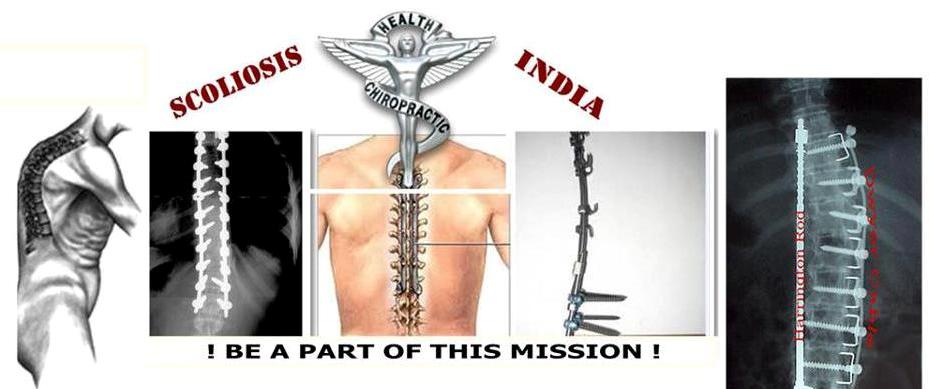For patients undergoing scoliosis surgery, the risk of massive blood loss is increased with preoperative Cobb angles bigger than 50 degrees and for those undergoing osteotomy or fusion of more than six levels, according to a study published in the Feb. 15 issue of Spine.
Include pre-op Cobb angle larger than 50 degrees, osteotomy, or fusion of more than six levels
Xuerong Yu, M.D., from Peking Union Medical College Hospital in Beijing, and colleagues retrospectively analyzed data from patients undergoing scoliosis surgery, from June 1, 2011 to Oct. 31, 2011, based on their classification as having lost more than 30 percent of estimated blood volume (group A; 95 patients) and those who lost 30 percent or less of their blood volume (group B; 64 patients). Total blood loss was defined as the sum of intraoperative and postoperative estimated blood loss.
The researchers found that 59.7 percent of the patients had massive blood loss. There were significant differences between the groups with patients in group A shorter, with larger preoperative Cobb angles, more levels fused, and more osteotomies than patients in group B. Independent risk factors for massive blood loss included preoperative Cobb angle of more than 50 degrees (odds ratio [OR], 2.47), more than six levels fused (OR, 3.70), and osteotomy (OR, 4.64).
"In conclusion, patients with preoperative Cobb angle larger than 50 degrees or patients planning to undergo osteotomy or fusion of more than six levels have an increased risk of massive blood loss," write the authors. "This may contribute to an improved use of blood conservation strategy."
Source : Doctors Lounge ( 8th march 2013 )
